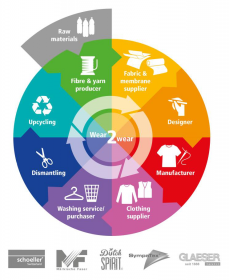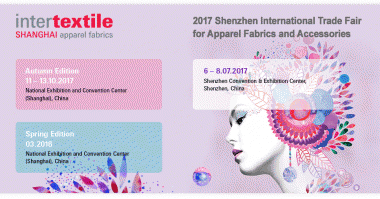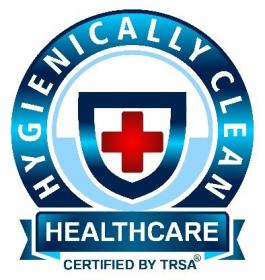Closing the textile loop: European industrial partnership for 100 percent recycled, recyclable and PFC-free functional fabrics
The sustainable wear2wear concept is synonymous with high-quality, responsible clothing. In Europe, textile fibres from used garments will be used to produce new functional fabrics. Depending on the area of intended use, they also meet strict waterproofing, breathability, protection and comfort requirements. To ensure that the raw material cycle comes full circle, these textiles can be recycled again when they reach the end of their service life. As a result, there is no waste, and they go on to be used in the production of additional garments. All wear2wear partner companies guarantee that – from the quality of the raw materials to the guaranteed recycling end process– these are 100 percent recyclable, functional fabrics made of recycled textile fibres. Water- and dirt-repelling technologies based on renewable raw materials, along with the most advanced membrane technology, will ensure that the textiles are developed and manufactured entirely without the use of PFC in the future too.
Schoeller Textil AG









